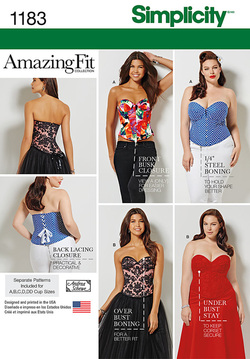
The bust cups for Simplicity's Amazing Fit Corset #1183 are made up of 4 different layers. (And if you are using a lace overlay, actually 5 layers). For the inner cup, on the left, the lining fabric (a floral cotton) is sewn with a layer of batting fleece (not polar fleece) and the outer layer using the fashion fabric is sewn with a layer of coutil (the interfacing fabric which backs the entire corset).
The photographs and explanations below are not meant to replace the guide-sheet instructions, just to supplement them by showing you what some of the operations actually look like and showing you how I made the photography samples. Also, please note, that the photographs jump around between the 4 samples AND the pink and white lace one became the all red corset with the aid of computer color mapping after the photograph was taken.
When assembling the outer cup, also trim the interfacing close to the seam and press the seams open. You will then have the inner and outer cups complete, looking like the photo at the top of this blog. As you can see, the lower vertical seam I pressed open the the horizontal seam I pressed up and topstitched close to the seam.
Now one more thing about bust cups ... and this is something my mother told me YEARS ago, but it was so interesting to see while working on this corset.
This is the way bust cup sizing works, as an example, a 38A, and a 36B and a 34 C cup are exactly the same ... exactly, the cup and the opening it is sewn into. Now, this pattern comes in 5 cup sizes A, B, C, D & DD. I had only hoped it would come in 3!
But, I have already gotten a question from someone who is larger than a DD. So, I suggested she try taking a bust cup from a size or 2 larger to use with the body pattern that was her size. This would mean, of course, using the bust cup opening for that same larger size. The pattern pieces can be overlapped to find the necessary cutting line.
And, I also, recommended making a muslin. If you make a muslin, it should have some kind of boning, maybe just feather boning, or you could use the steel boning that is for the finished corset and then pull it out. Don't use the good bone tape though, just use some bias tape or twill tape for the muslin sample.
That's all for bust cups. A little more about corset sewing next time.
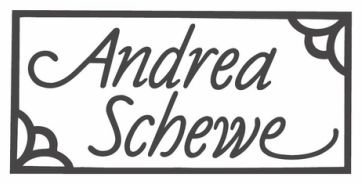
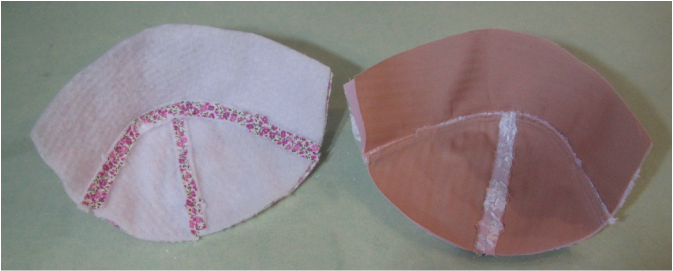
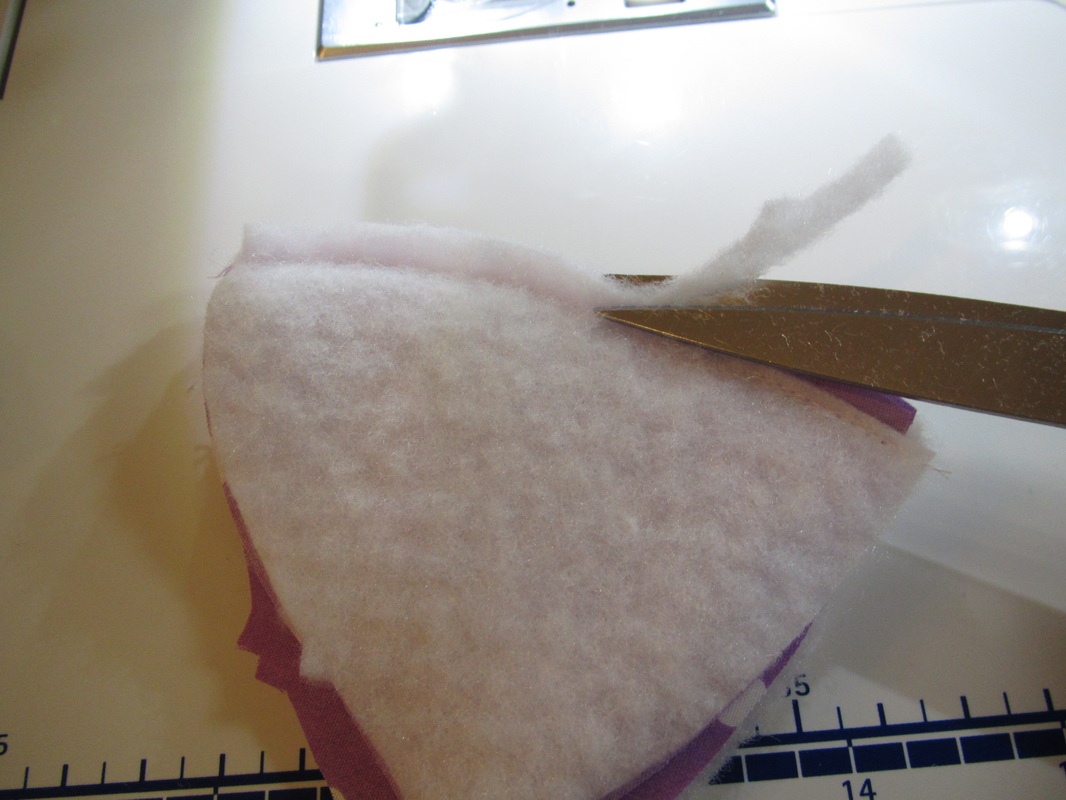
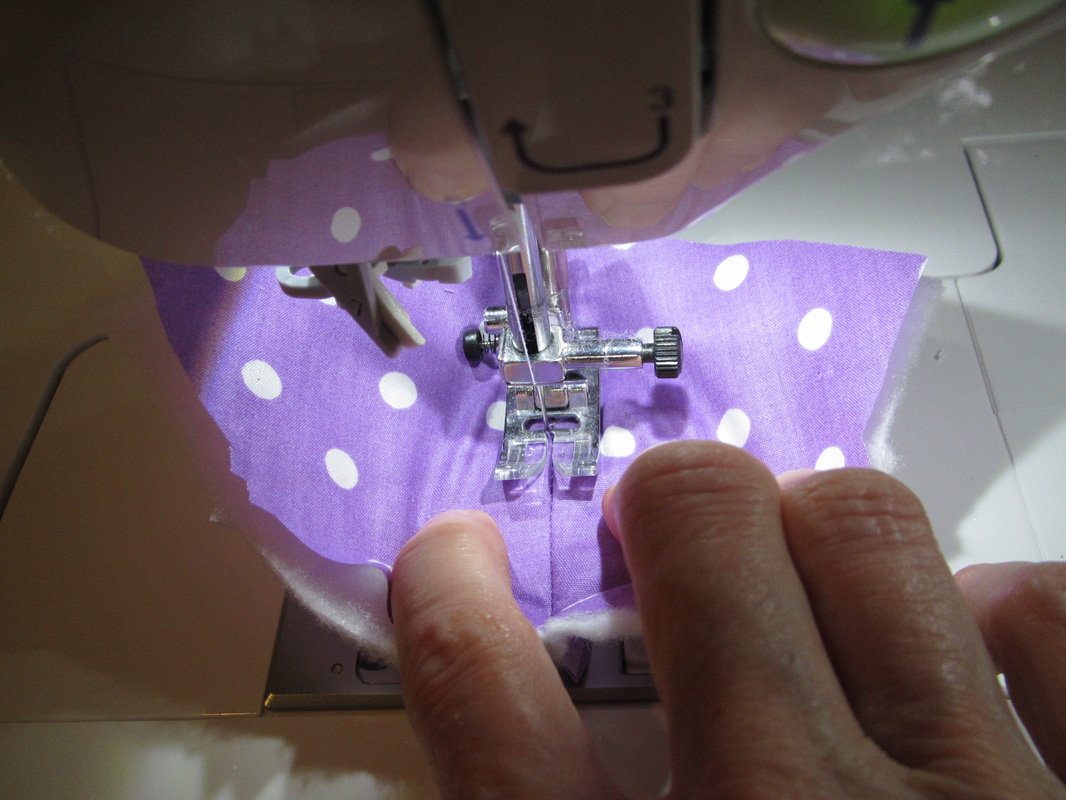
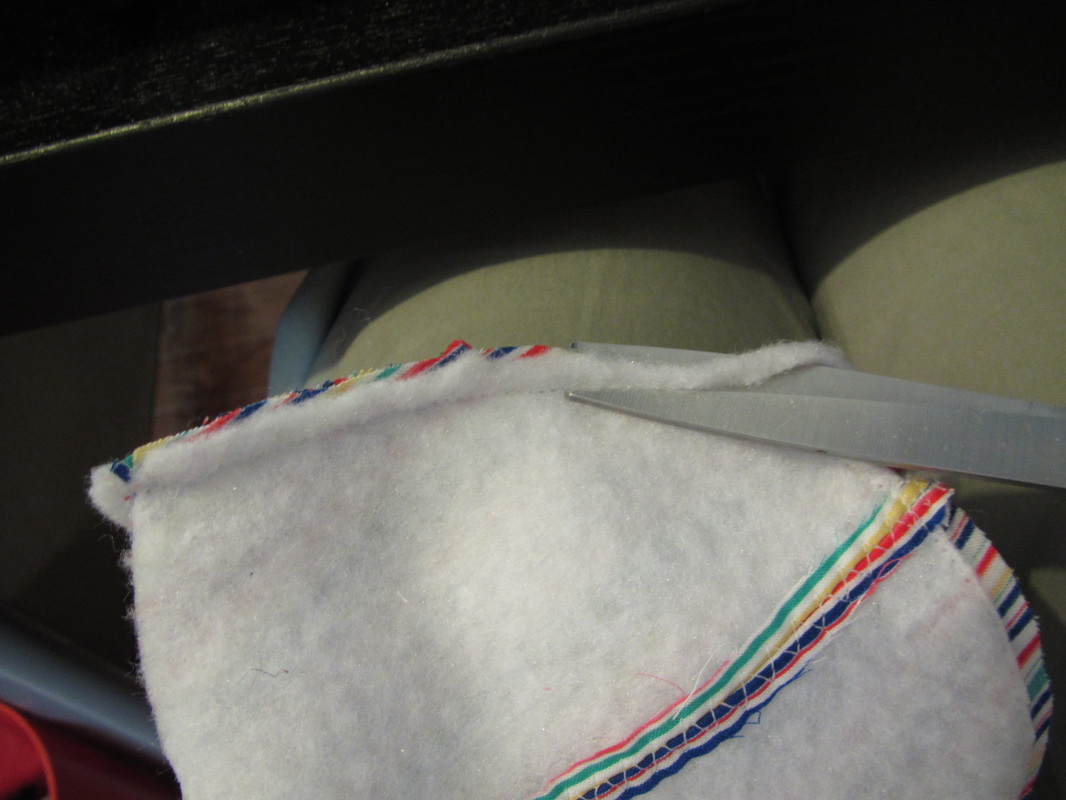
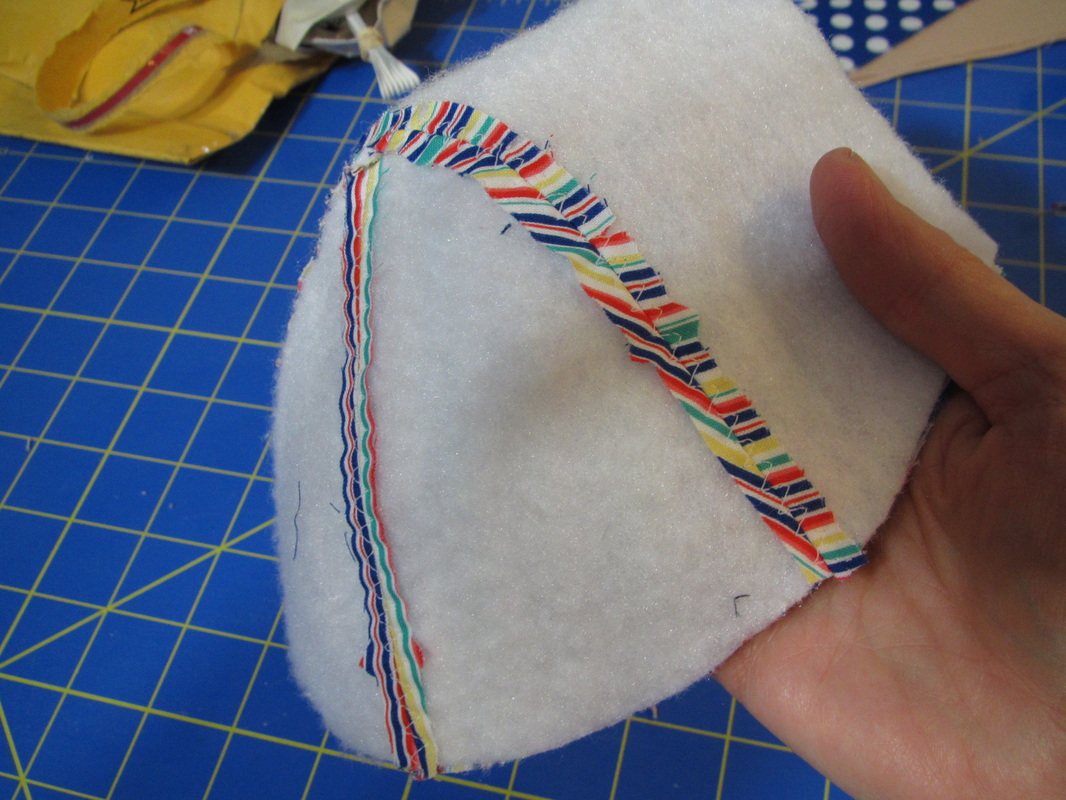
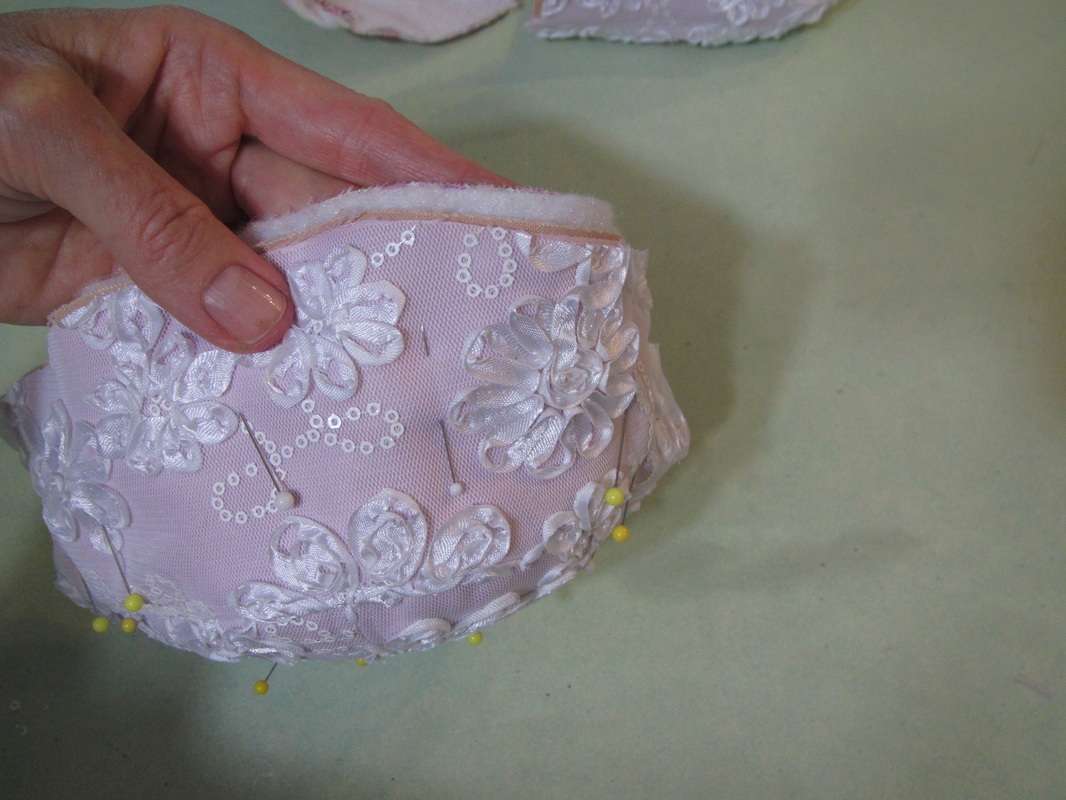
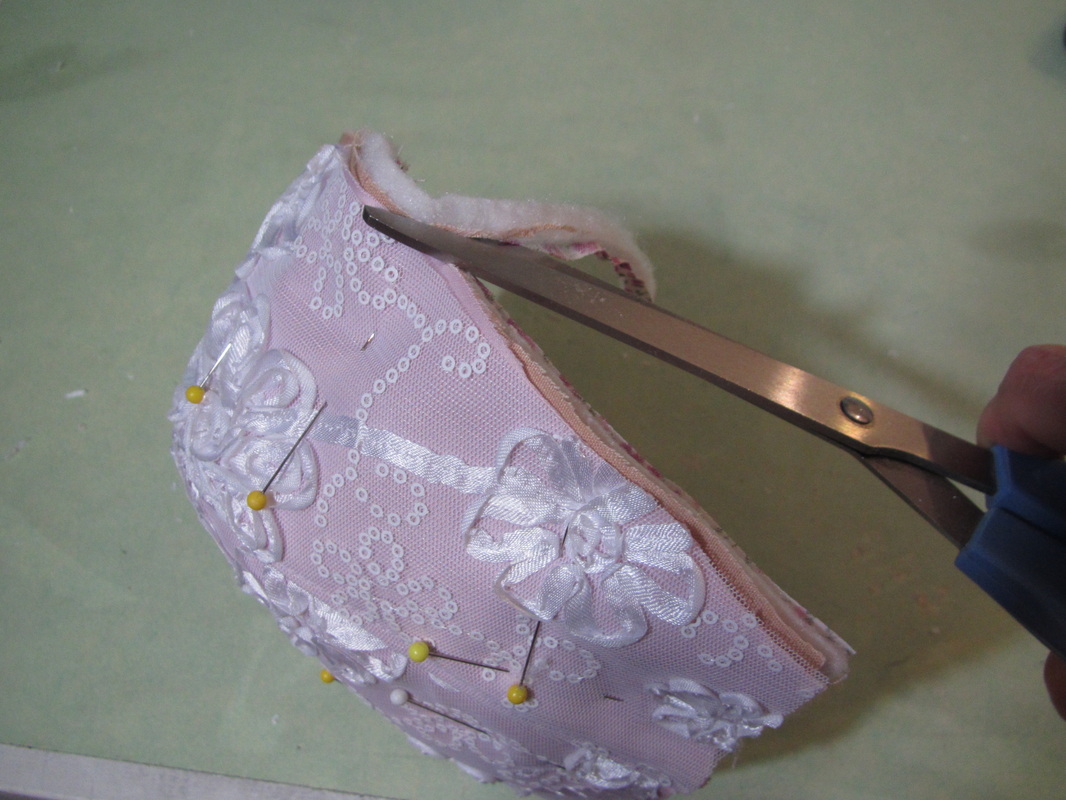
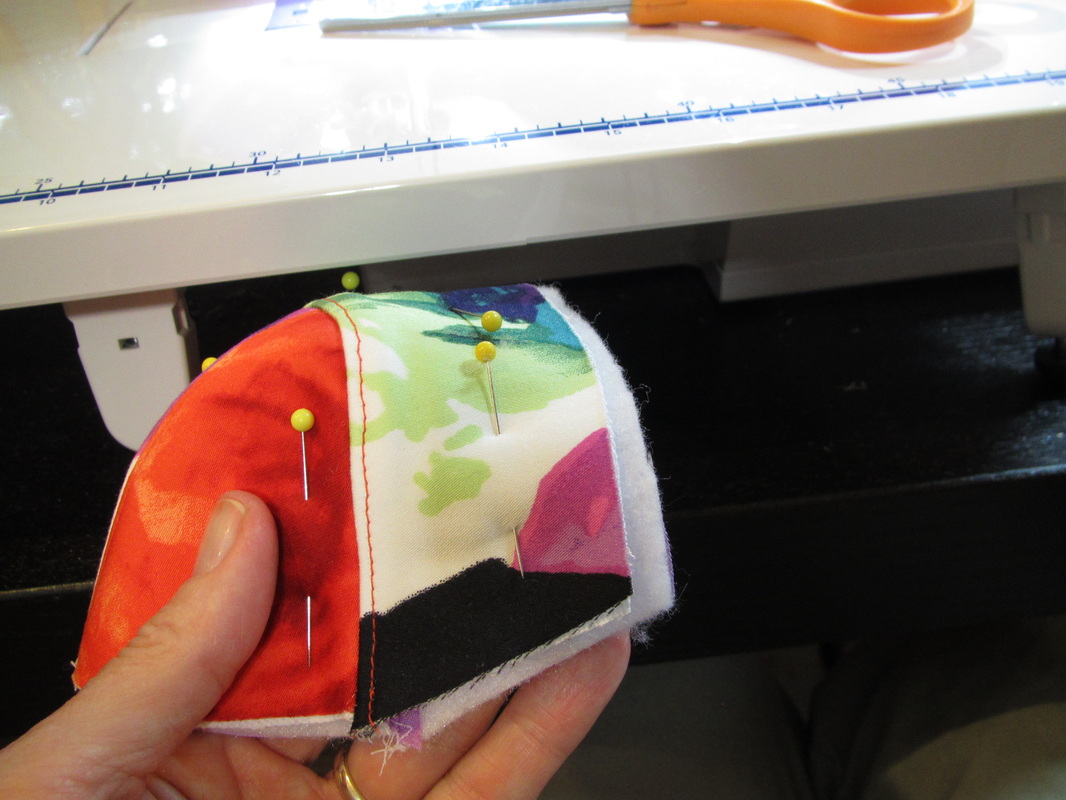
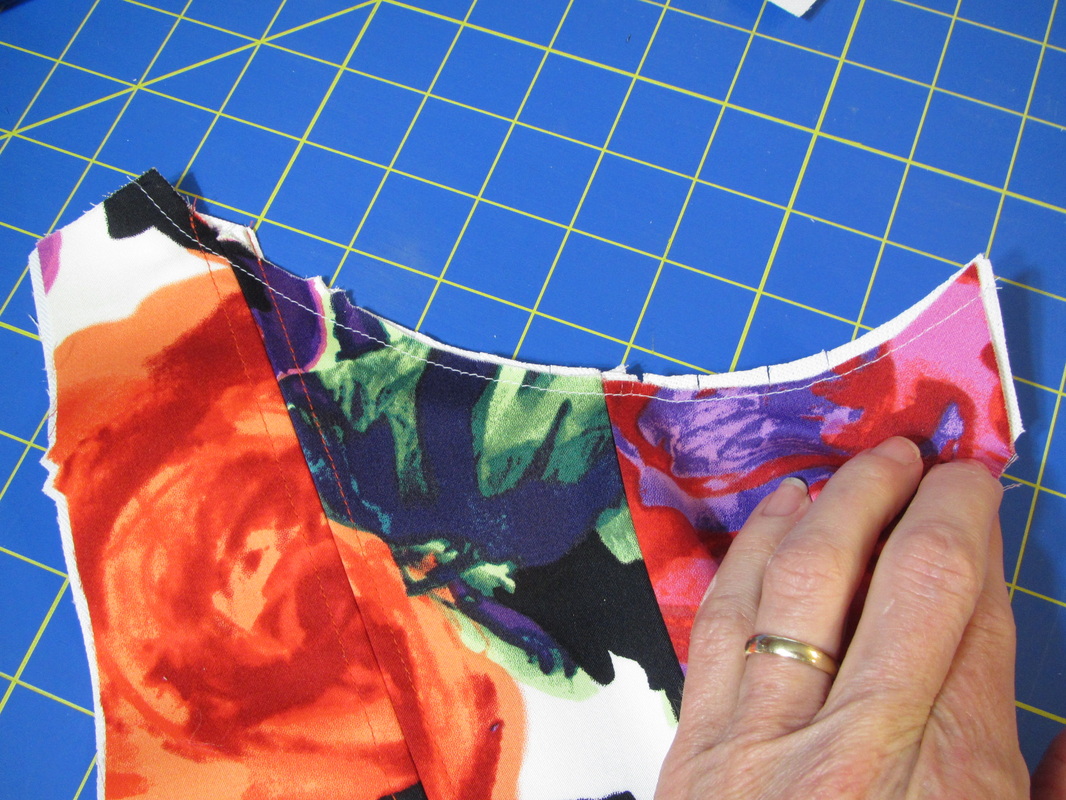

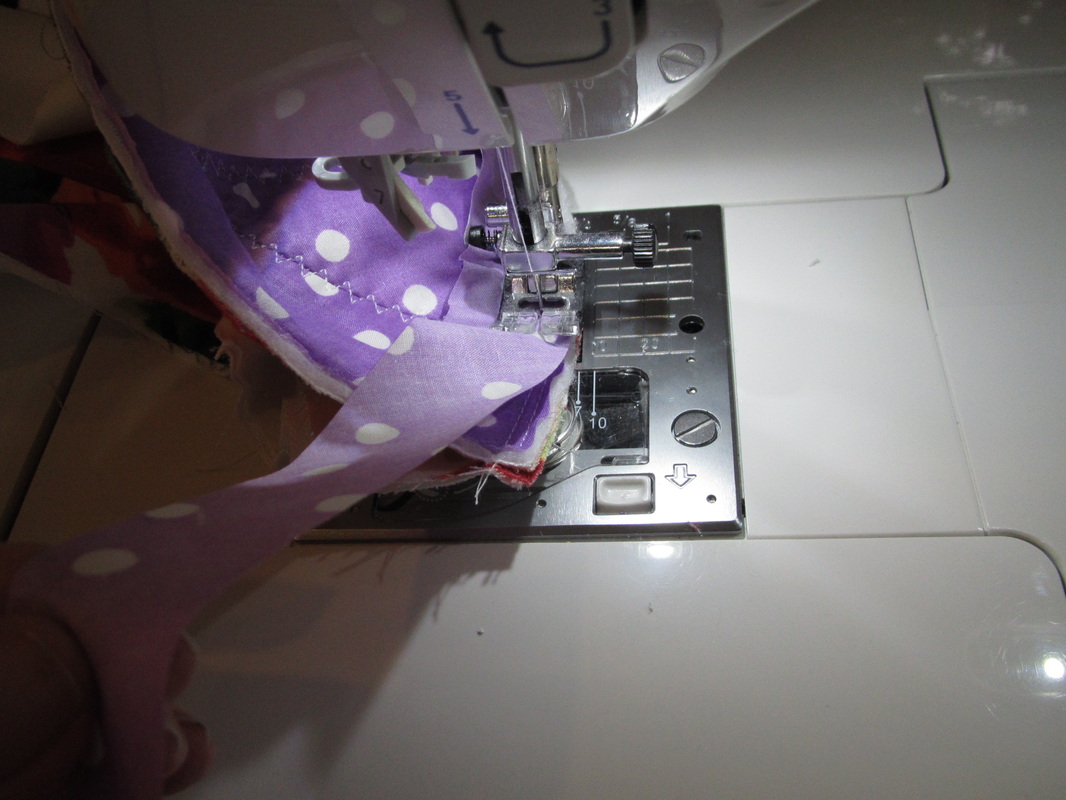
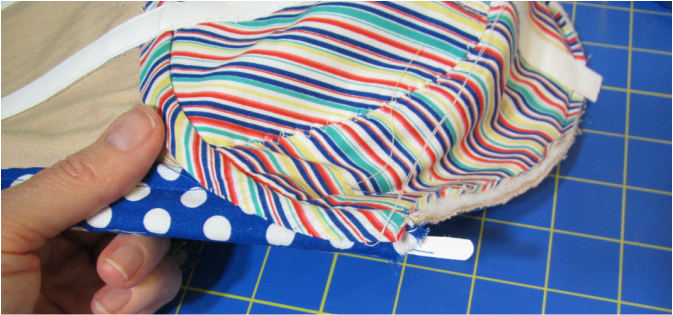
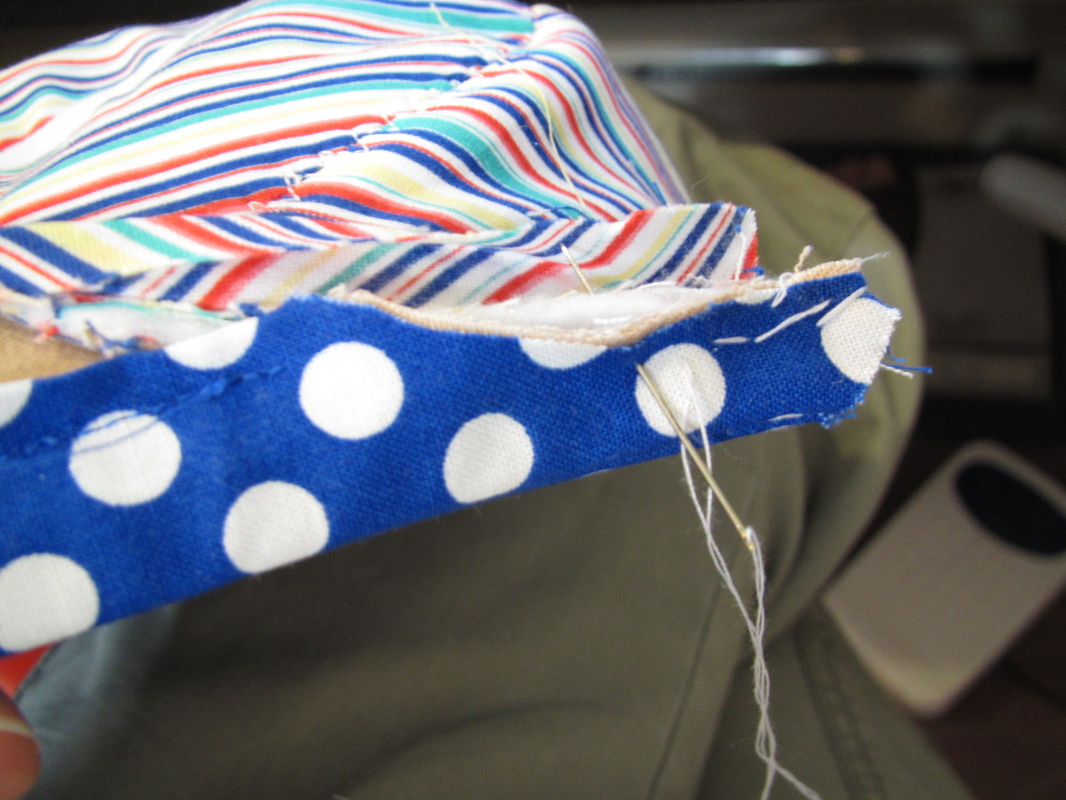
 RSS Feed
RSS Feed